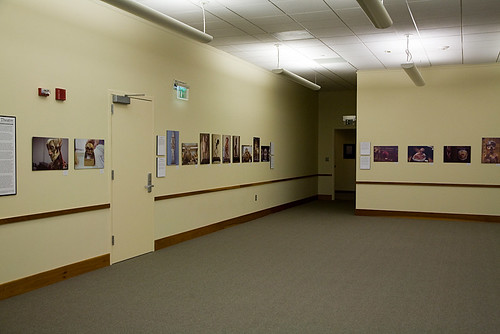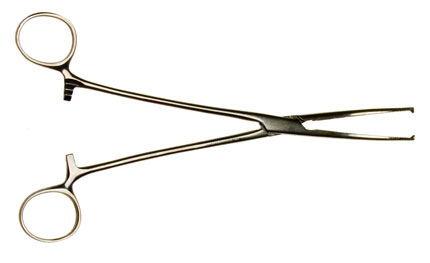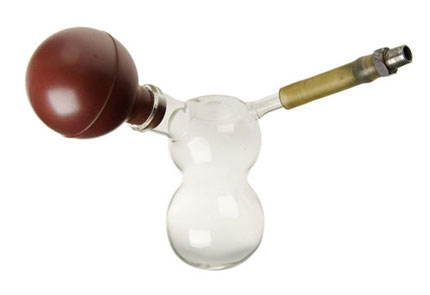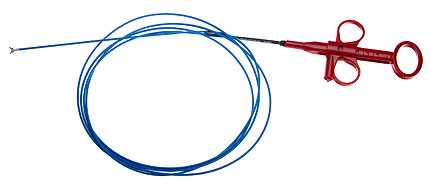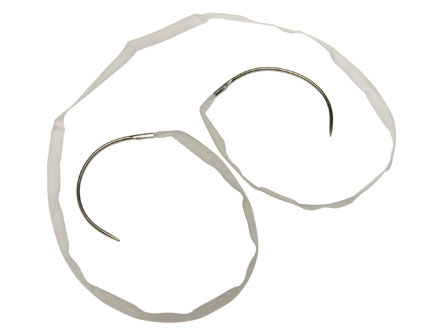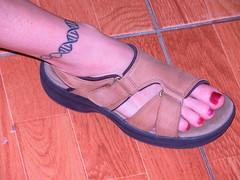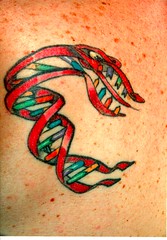Some medical objects, like stethoscopes or mechanical hearts, are almost 100% ‘medical’. They are not made for other purposes, they are rarely used for other purposes, and they are almost always understood by others as ‘medical’ objects.
But what about this worn-out keyboard?
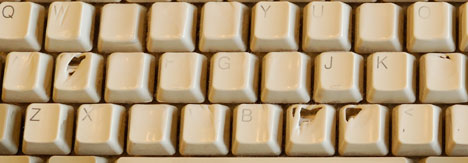
It was produced as a multipurpose keyboard, clones of it are used in a variety of professions and contexts — and few of us would think of any of these as ‘medical’ objects.
Yet, this particular keyboard was used by a medical transcriptionist, says Cory Doctorow who cites a colleague:
We have a medical transcriptionist on staff who has been using the same keyboard for the last 8.5 years. My co-worker replaced it yesterday, and when he first showed it to me I thought someone had taken a blowtorch to it! The most frequently used keys have been completely worn through, exposing the mechanism beneath. Zoom in and check out the indentation on the Backspace key! The keyboard still works fine, so there’s something to be said for durability. BTW, it’s a NMB Technologies model RT2358TW
Today’s Medgadget use the image to illustrate their celebration of the (US) National Medical Transcriptionist Week, designated in May 1985 by president Ronald Reagan, who said in a speech:
Record-keeping is a vital function in our society, and one of the most important records for every American is the medical record. That record, including reports prepared and edited by a medical transcriptionist from physician dictation, is the permanent history of a patient’s medical care.
I doubt a historian of contemporary medical history could have better summarised the role of medical transcriptionists in the health service sector.
And I doubt that any other object is better suited to function as an evocative object of the profession — crystallising the daily work conditions of hundreds of thousands, mainly women, transcriptionists.
(originally brought by boingboing)

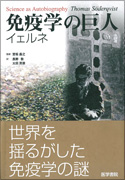
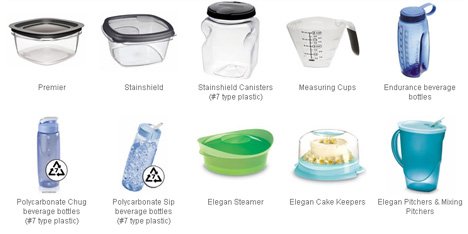
 a rather simple organic molecule used as a key monomer in the production of polycarbonate plastics.
a rather simple organic molecule used as a key monomer in the production of polycarbonate plastics.

